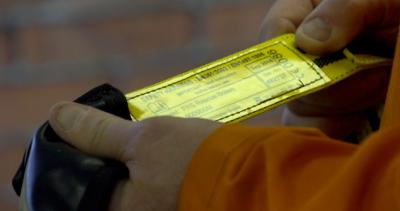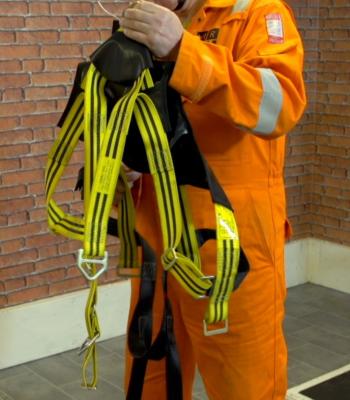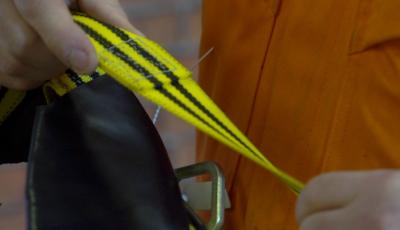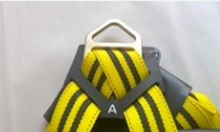In this guide we provide advice on how to inspect a full body safety harness, a vital part of PPE – and how to care and store for it when it is not in use.
A safety harness must be able to support a worker’s body in a comfortable position whilst they are working. The type of support offered by the harness depends on whether it is being used to hold a worker in tension as they balance on a structure – or to suspend the worker freely from a structure.
- If the harness is used for tower climbing and working on a structure then it should be a full body harness with a suitable work-positioning belt.
- If the worker is suspended freely then the harness should support them in a seated position.
A full body harness (which must be approved to BS EN 361 / 1497) is a body support device, which consists of connected straps designed to distribute the force resulting from a fall, over at least the thigh, pelvis, waist and shoulders, with provision for attaching to a lanyard, lifeline or other components.
Pre-Use Safety Harness Checks
- Ensure the CE marking label is legible / within the product lifetime and secured to the harness. (If the label is missing do not use the harness).

- Hold the harness by dorsal attachment and untangle any webbing.

- Verify the general condition and cleanliness looking for any stains, unusual smells, adhesive tape, sticky labels etc.

- Check “hardware” – D rings, buckles, keepers and back pads - for damage, distortion, sharp edges, burrs, cracks and corrosion.


- Inspect webbing for signs of cuts, abrasions, fraying, tears, burns, mould, discolouration or chemical attack. (If subjected to paint overspray, then it should not be used).
- Check stitching for signs of loosening, pulling or cut thread. Confirm no damaged stitching on either side of the stitch pattern.

You should then record your inspection and verify that it is up to date. Withdraw from service if it is suspected of being damaged.
Once you have verified the Safety Harness
- Loosen or undo straps, buckles or slides fitted to chest and legs (depending on what harness you are using there may be waist straps)
- Lift the straps by the dorsal “D” ring and make sure all straps hang safe. Untangle any which are not.
Caring and Storing a Safety Harness
- Clean (if required) using a damp cloth and mild detergent to remove any dirt, paint, corrosives, contaminants, or other materials.
- Hang freely to dry away from excessive heat, steam, or long periods of sunlight.
- Store in a clean, dry area, free of exposure to fumes, solvents, corrosive elements and excessive temperatures.
Safety Harness Training Course
MRS Training & Rescue has a Safety Harness training course for anyone who works at height. On this course, delegates learn how to inspect, wear and use full body harnesses safely and correctly. This course is highly practical and those who complete it successfully receive safety harness certification which is valid for 3 years.




